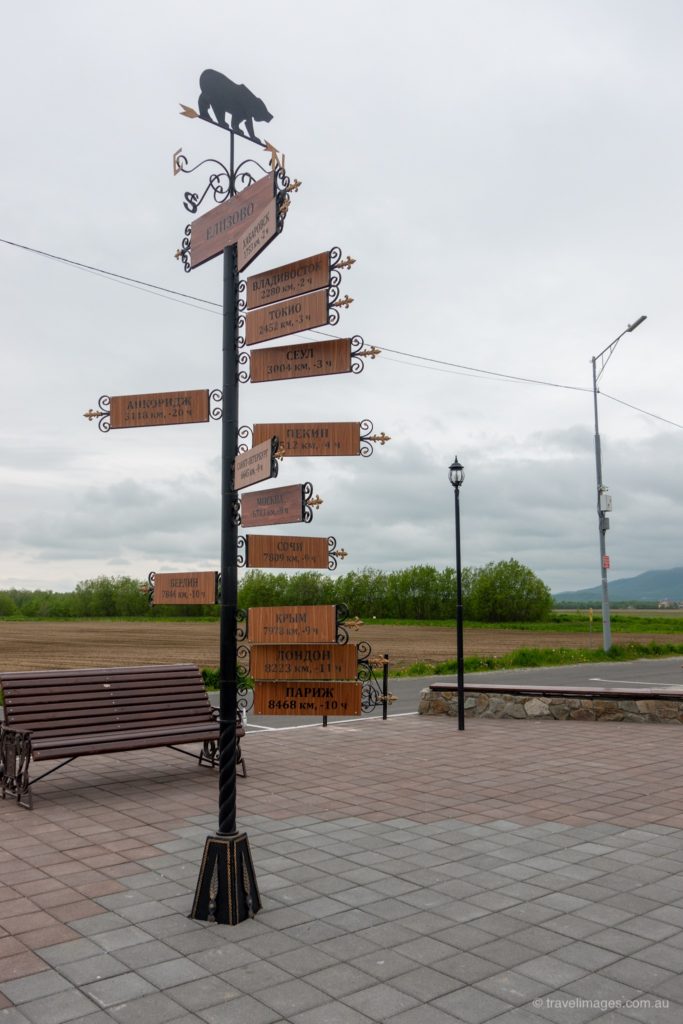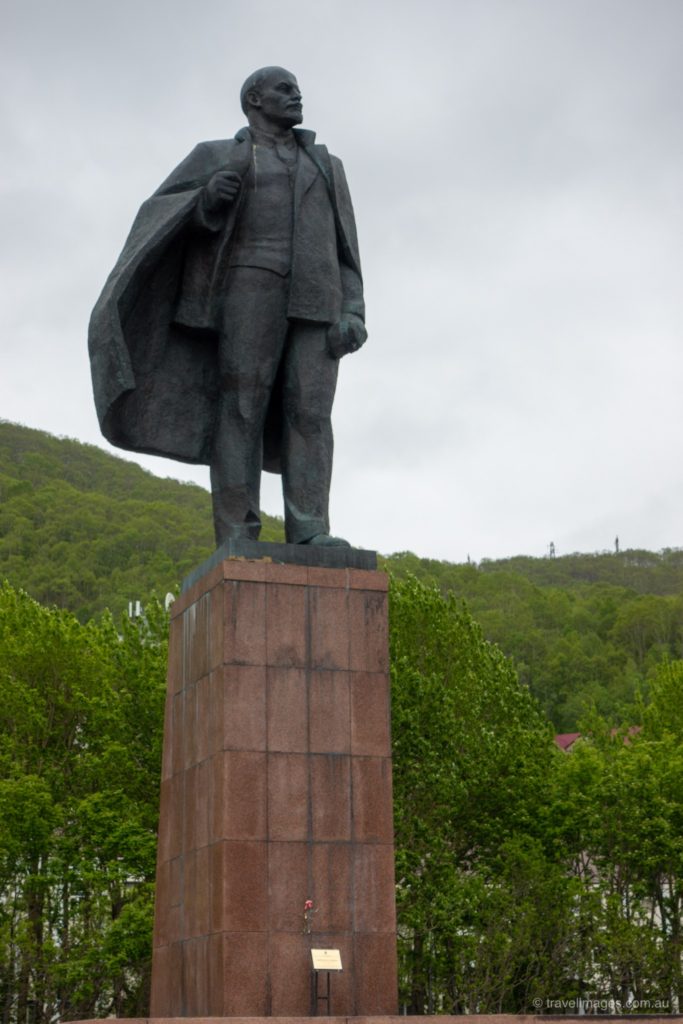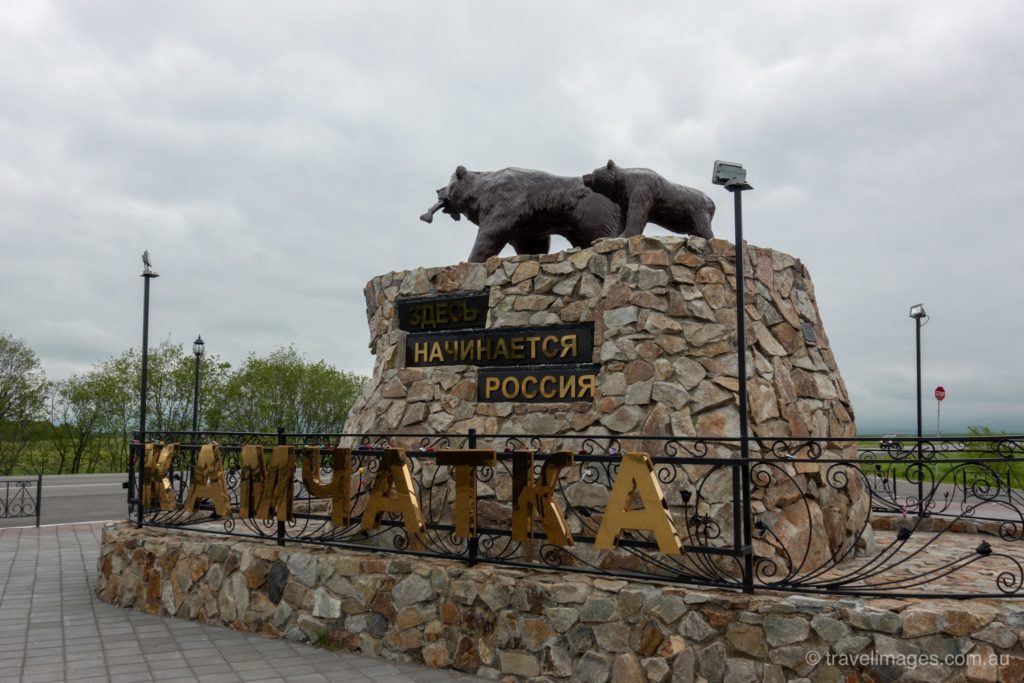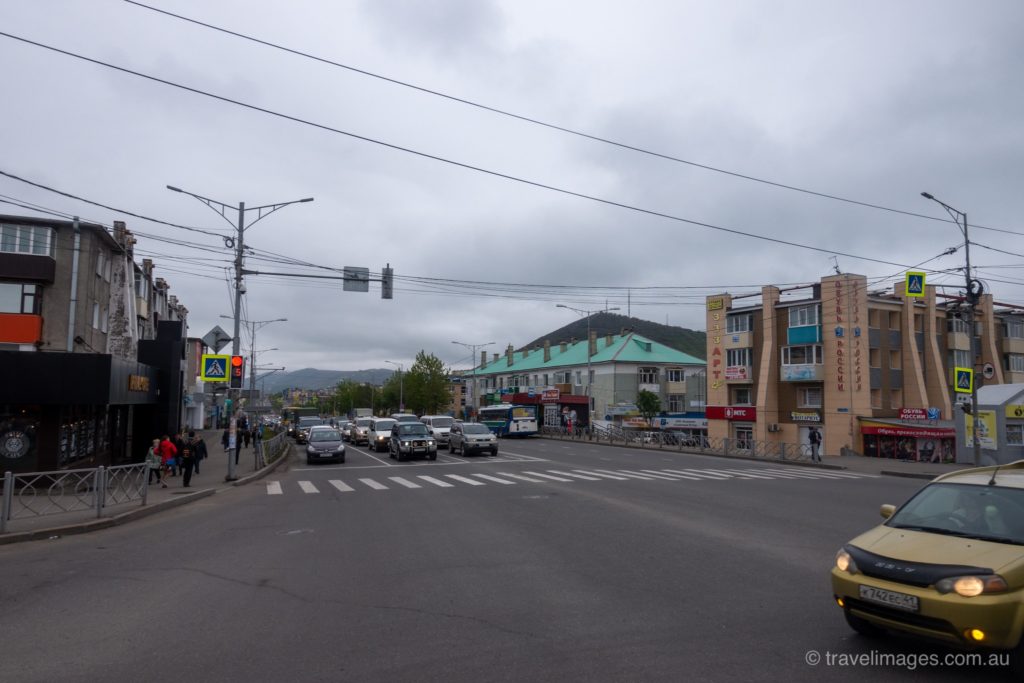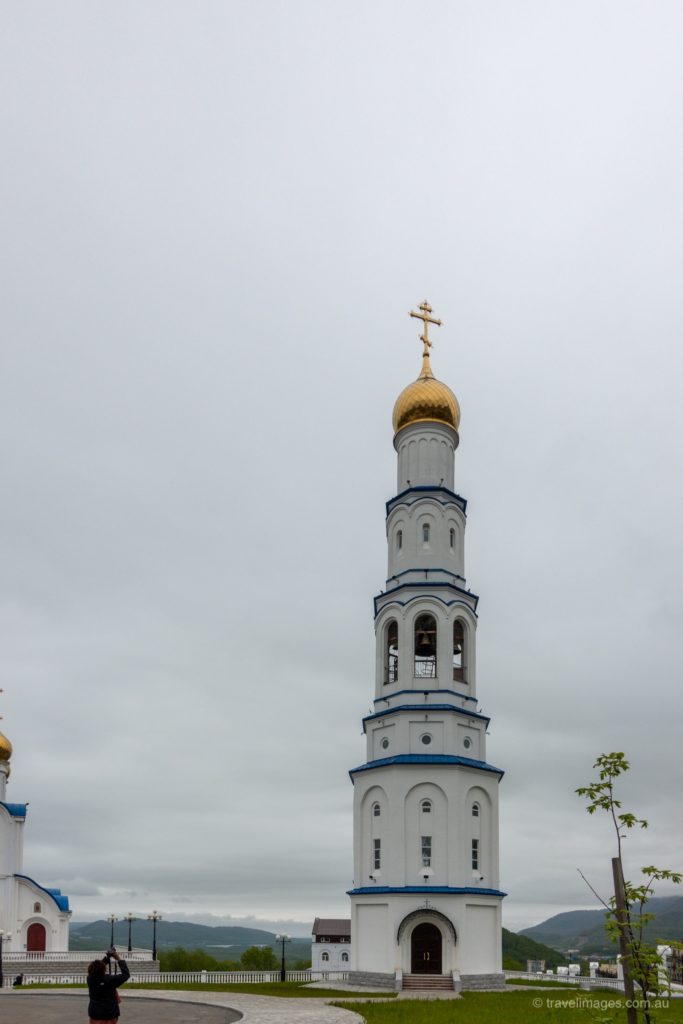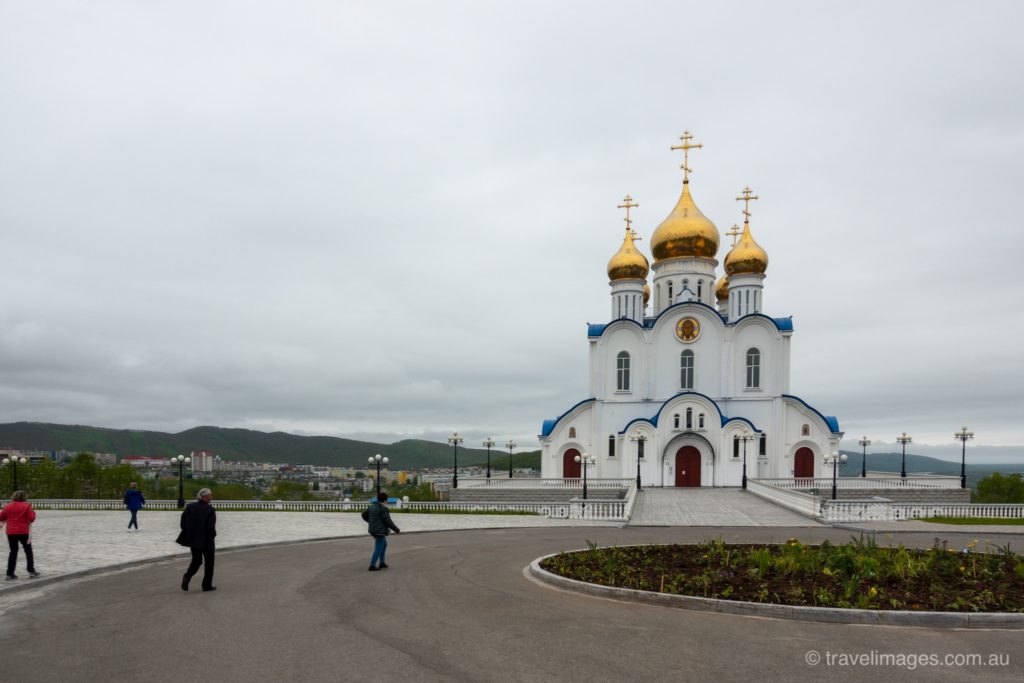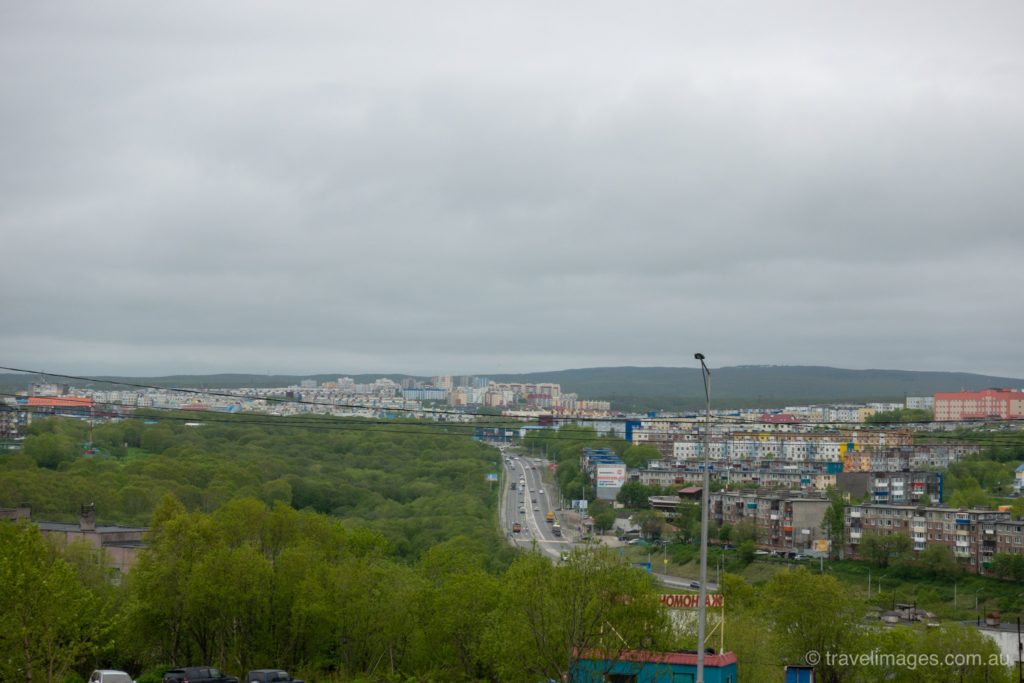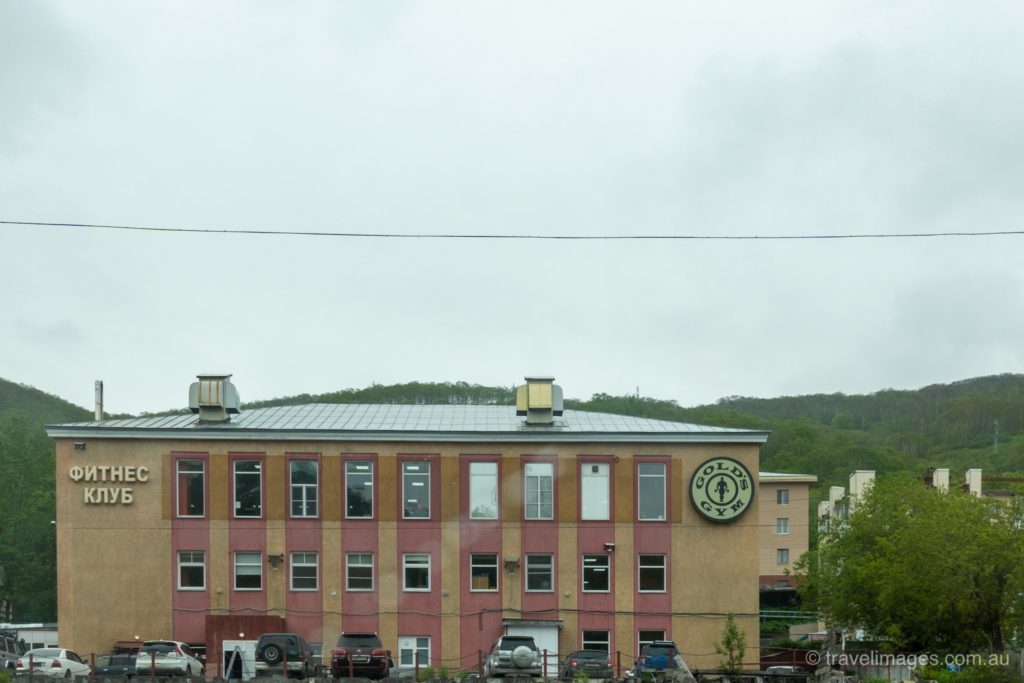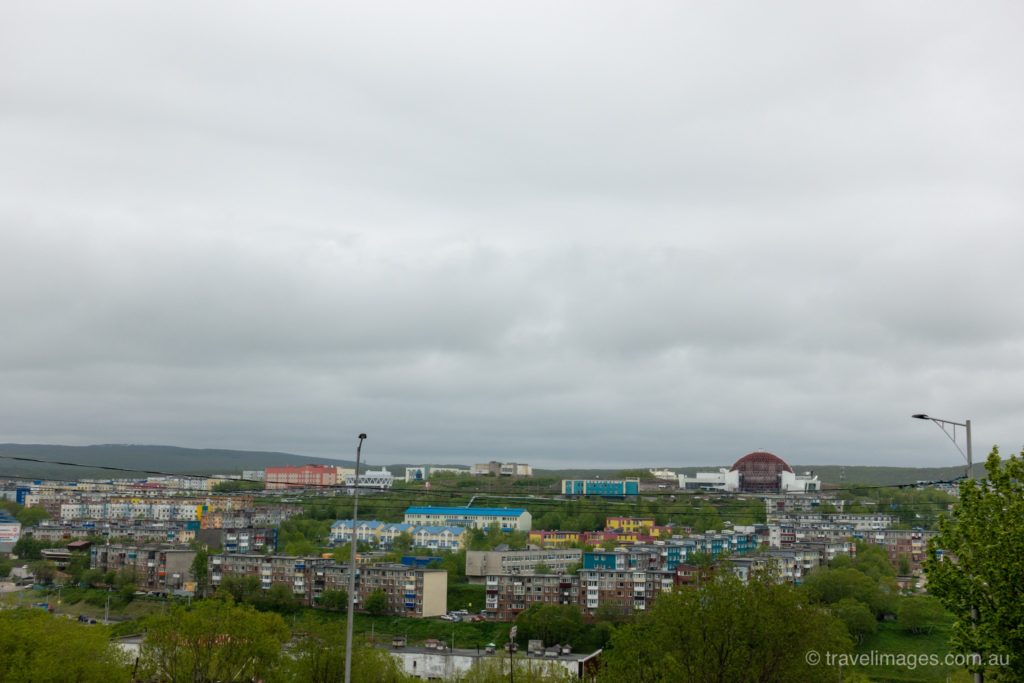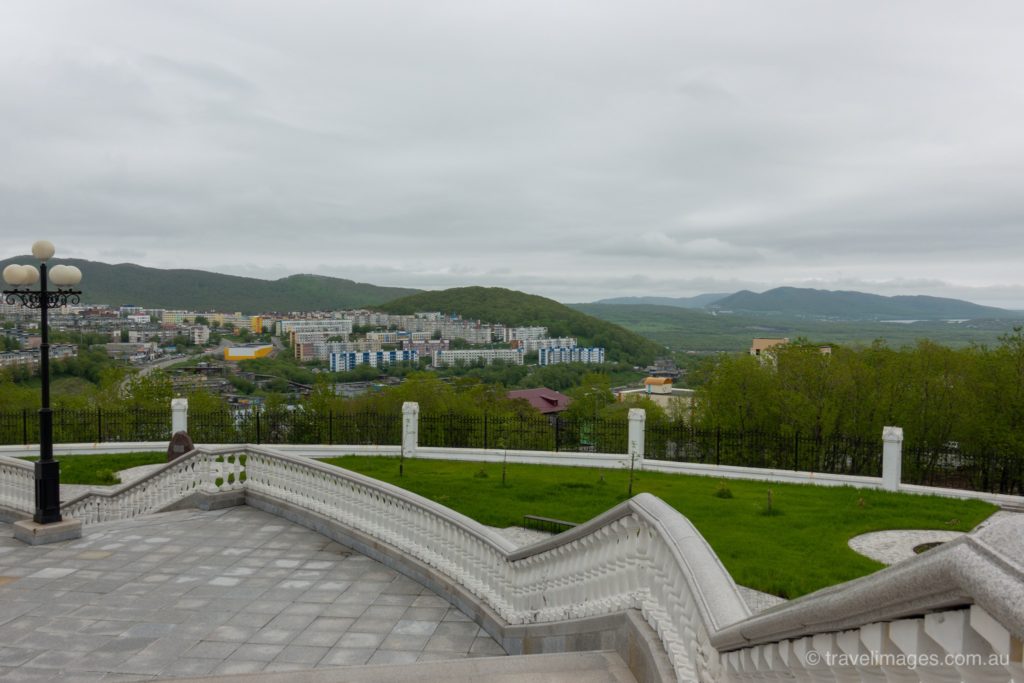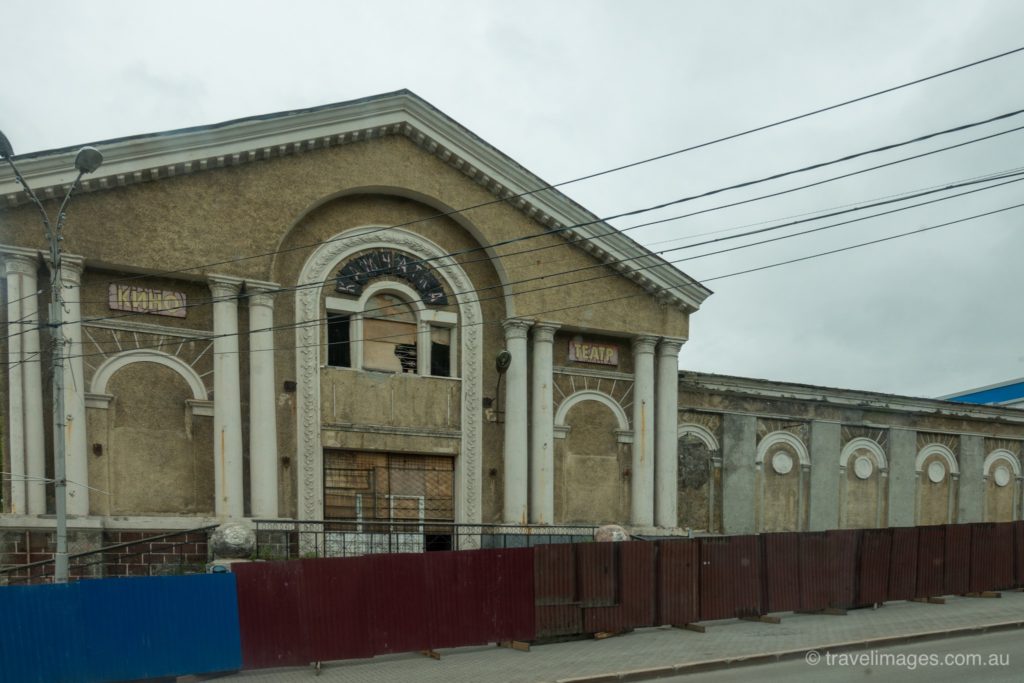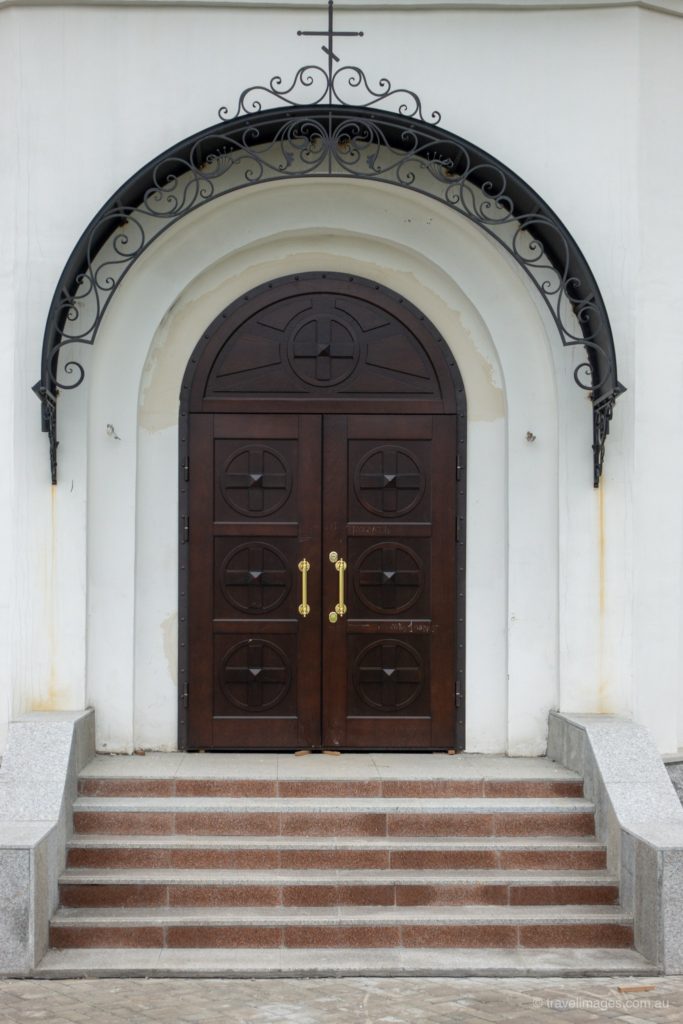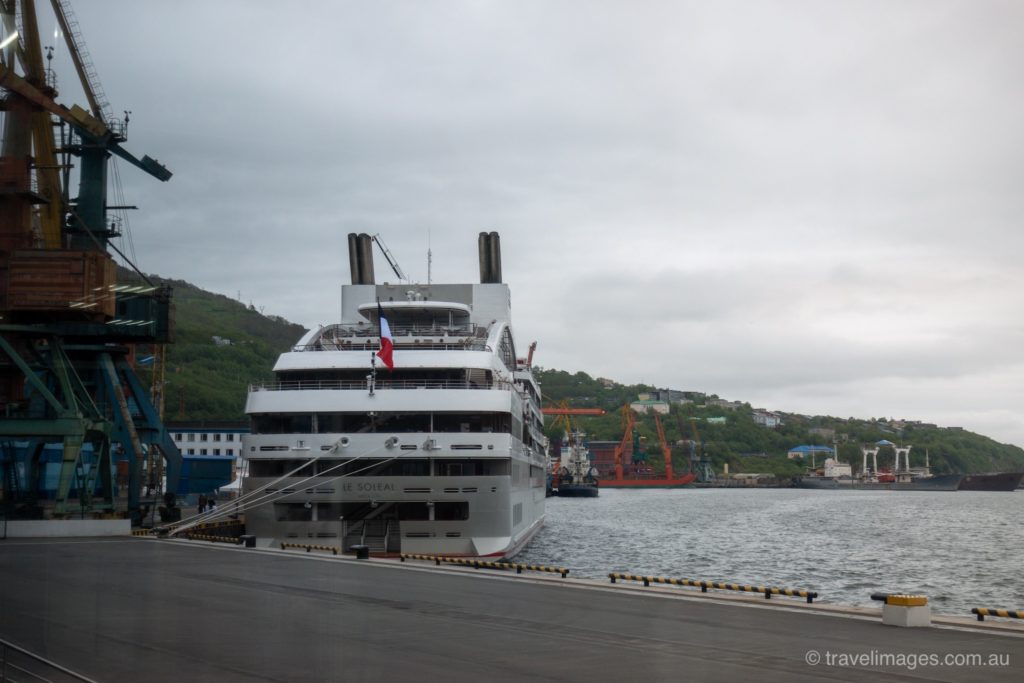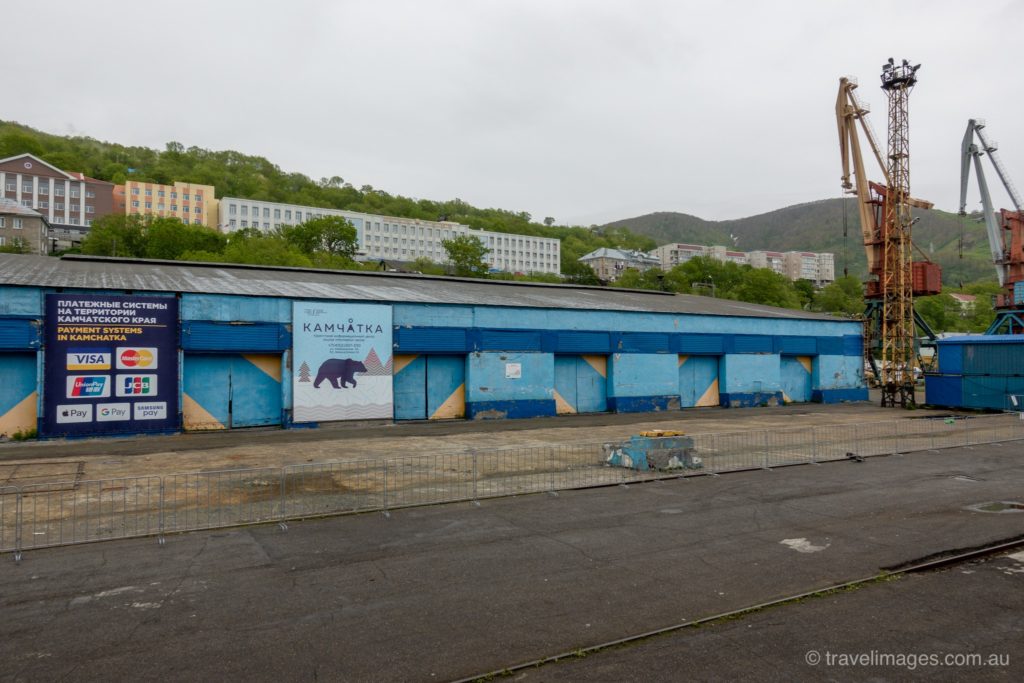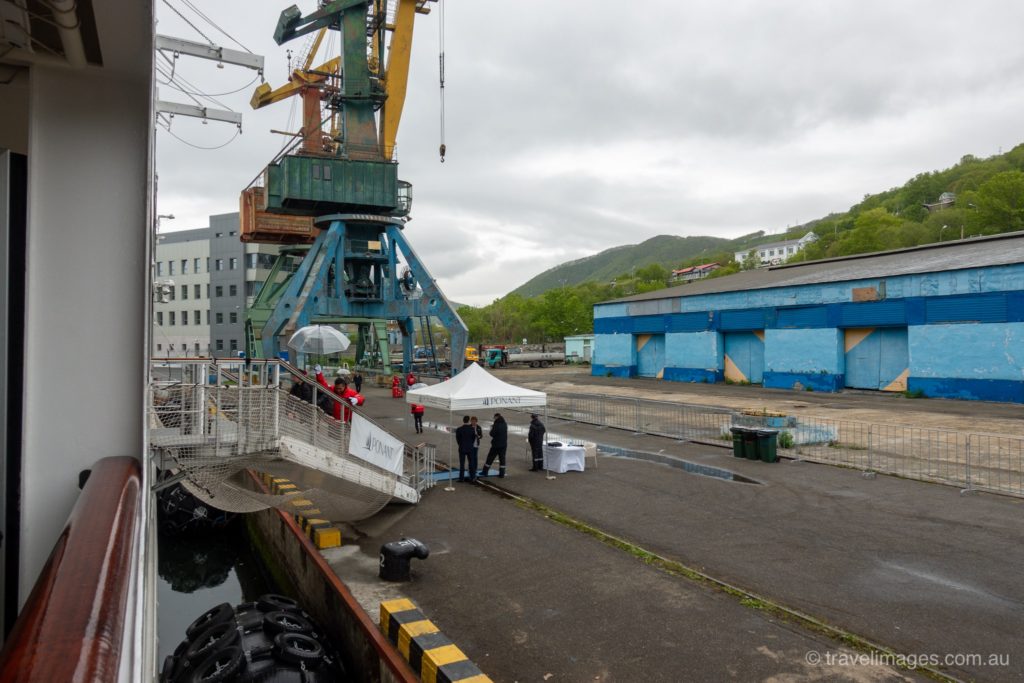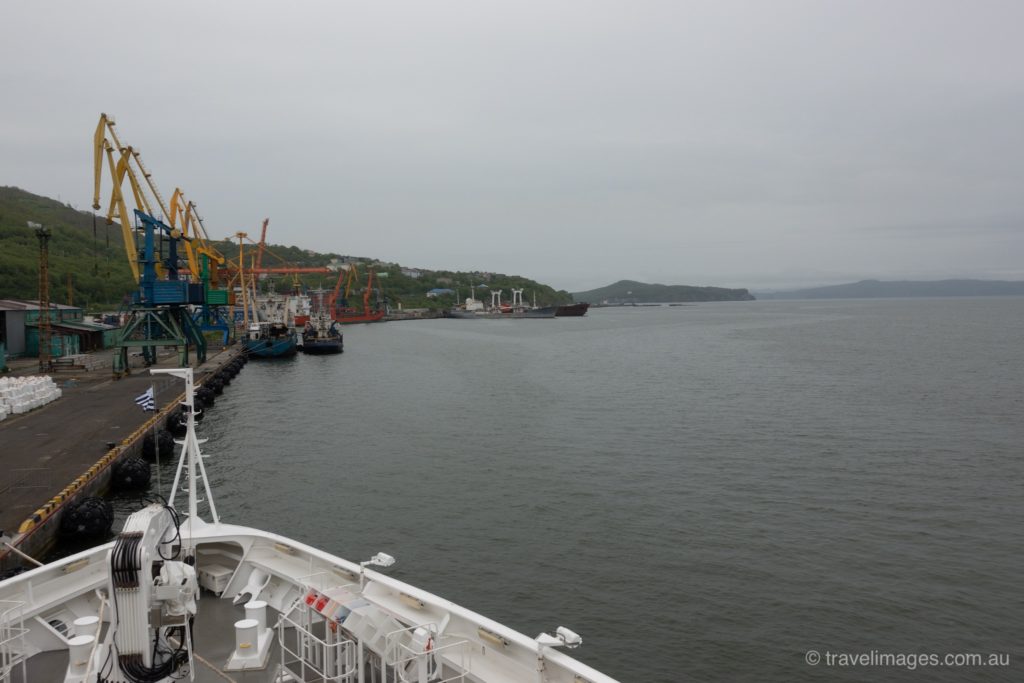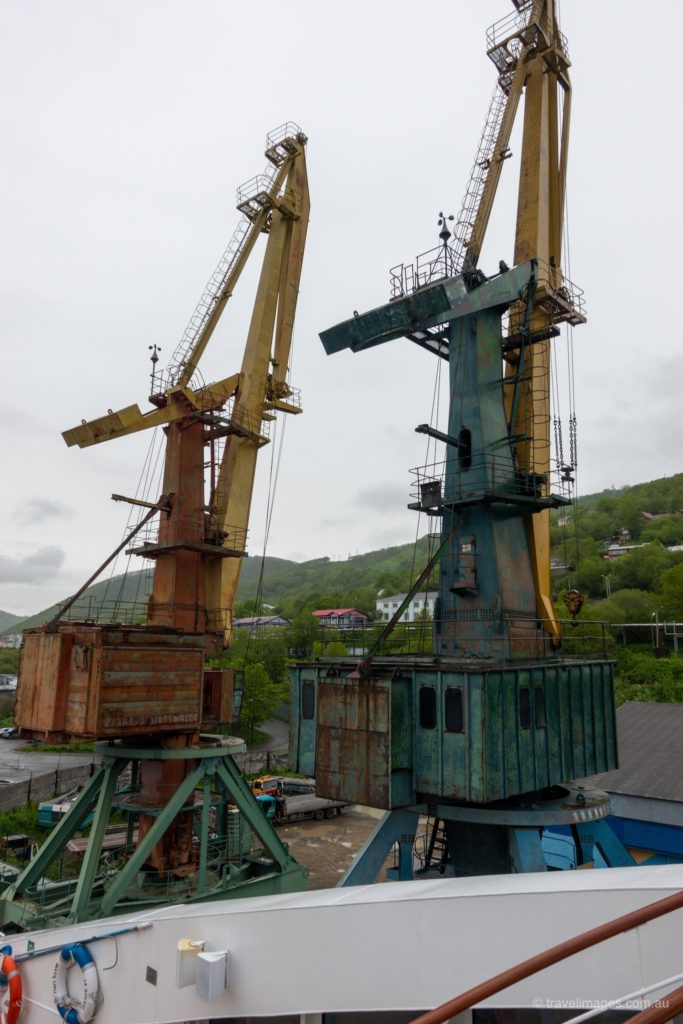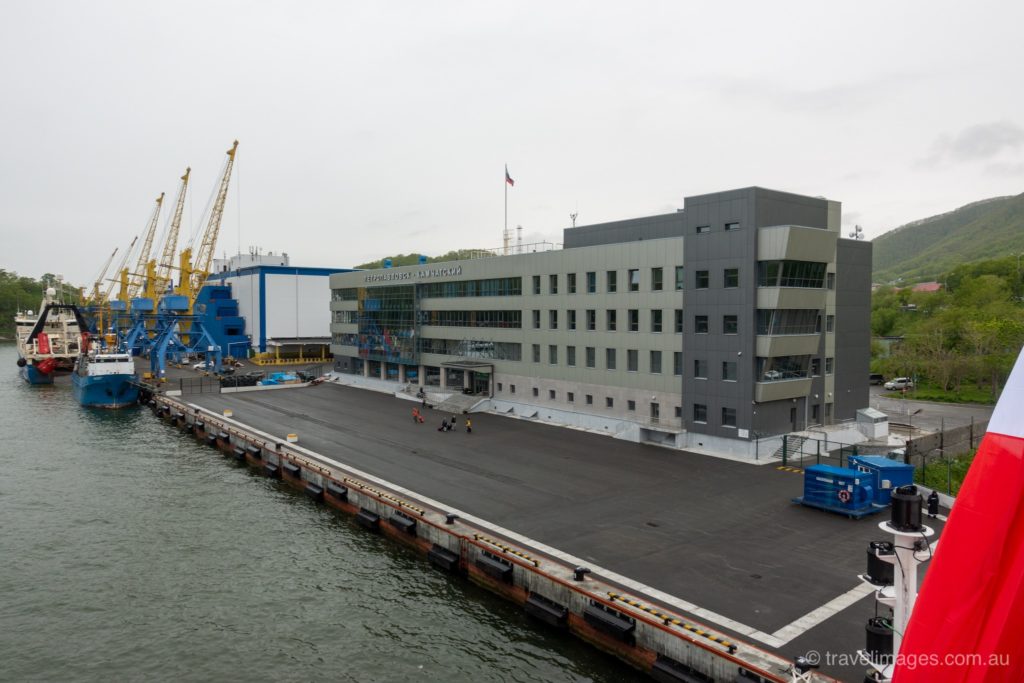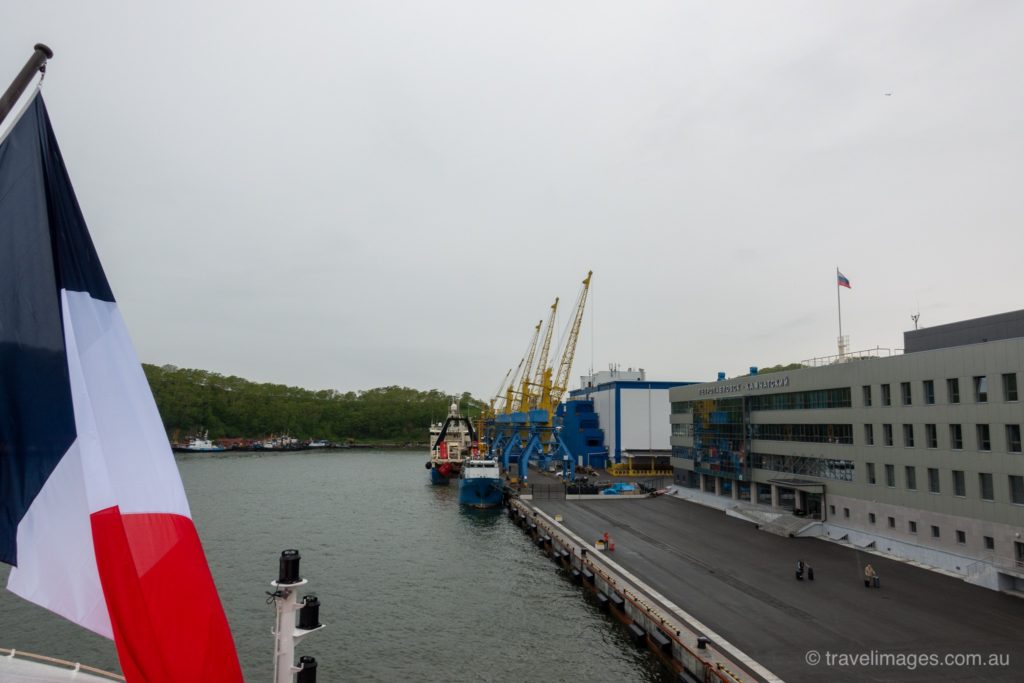It’s a 3 am start from the Intercontinental COEX hotel for today’s flight to Petropavlovsk-Kamchatsky. I’ve been assured that there is no need to book a taxi for 3:30 am, as ‘there are always taxis waiting’. At 3:30 am, there are certainly taxis waiting at the Intercontinental COEX, the only issue is that the doorman needs to wake the driver of the first taxi in the queue up. I double-check with the doorman that the taxis take credit cards, and ask him to tell the local taxi driver that it is Terminal 2 at Incheon airport, not the much larger Terminal 1. There is quite a distance between the two terminals that I don’t want to navigate in the event of an assumption that I must be going to Terminal 1.
The driver hands me a card before we’ve gone too far, which asks for the toll charge of KWR6600 in cash. I show the driver my credit card and it’s not a problem. I’ve managed to do 32 hours or so in Seoul without any Korean Won and don’t want to start now. There’s very little traffic, and the taxi somewhat bizarrely stops on the road shoulder about half to the airport where there’s another taxi and a truck, and the driver gets out of the car. In a less safe country I’d be concerned, but the driver returns after a minute and off we go ago. Maybe he needed a bathroom break. He’s an elderly man, so unlikely to be off trying to score drugs. Staying within the lane markings does seem to be an issue for him though. I’d hate to be doing this in peak hour.
It takes 55 minutes to get to Terminal 2, slightly longer than the 45 minutes on the airport bus, and costs KRW102,000 including the toll road fee, or about $AUD126. KE9981 to Petropavlosk at 06:30 am is on top of the departures board, and the terminal is otherwise deserted save for a long line of people at one set of counters. Looks like we are the first flight of the day. Check-in counters open at 4:40 am, and it takes 40 minutes to get one bag checked-in. In contrast, security and the automated immigration gates are a breeze. A business class seat gets me access to the Korean Air Prestige Lounge, which is short on prestige and food at 5:30 am but has plenty of seating, WiFi and clean restrooms.
From the little I see of the Terminal 2 shopping area, it is lined with luxury brands, and a useful, well-stocked 7-Eleven on the mezzanine level above Gate 249. Boarding starts on time, and the charter flight is an A330-200, with my business class seat in row 9 behind the bulkhead. The plane pushes back on time for a long slow taxi out to the runway. The pilot announces after take-off that it will be 3 hours 55 minutes to Petropavlovsk, with some turbulence expected along the way. There will also be a significant drop in temperature to the forecast high of 12 degrees Celsius and low of 6 degrees.
I’ve taken a few charter flights where the service ranges from non-existent to disinterested, and so far Korean Air is the best for in-flight service. Breakfast orders are taken promptly, plates are cleared as soon as they are finished with, fruit and snacks are offered, and what should win them an award is the PEN that is offered with the Russian arrivals card. A simple gesture that makes a world of difference. I have a pen in my bag, but it’s overhead in the storage bins due to my bulkhead seat. No grappling with bags or rummaging for pens required. Slippers are also on offer, but otherwise there is no amenity kit. The duty-free card rumbles past early on in the flight. Ponant is also “on brand” with Ponant-logo headrest covers on the seats.
4 hours later, we are touching down on the interesting airport at Petropavlovsk. Fighter jets and some (Chinook, I think) helicopters are on the side of the runaway, all looking rather geriatric. This airport is old school…no aerobridges, just a pretty good staircase pushed up to one door, and down you go. Onto a bus and then through a hangar to stand in line for immigration clearance. I was about 7th in line and it took well over an hour. Interminably slow. Then identify the bags so that they could disappear onto a truck to the seaport. Then onto a ‘tourist class’ bus, the interior of which I can only describe as ‘retro gypsy’.
Petropavlovsk is a surprisingly sprawling city of about 200,000 people. Astonishingly western in parts with outposts of Gold’s Gym and the inexorable march of coffee shops with English language signage, the local government is on a campaign to attract tourists, but is struggling with the infrastructure required to support tourism in a city that labours under 5 metres of snow from October to the end of May. A local guide has been appointed to lead our ragtag bunch of passengers that are mostly French. Julia, the local guide is fluent in Russian, English and Japanese, but doesn’t speak French. She does an excellent job, explaining that Kamchatka, the peninsula on which Petropavlovsk is located, literally means ‘smoked salmon’. Salmon is of course the major regional export that the locals can’t afford to buy, so have evolved into a city of skilled poachers, in competition with a healthy population of Russian brown bears. She proudly announces that the city is building its first 4-5 star hotel, expected to be completed next year. At the moment it is just a set of concrete platforms.
Any hopes of seeing the three volcanos that rise above the city are gone – it is grey and overcast, with low level cloud that is not forecast to clear. There is also a longer city tour than anticipated on the way to the sea port – the formalities at the airport has the schedule running hours behind, so there is time to visit Lenin’s monument, a Russian Orthodox Church, and some local ‘sight-seeing’ from the bus. Subject to small daily earthquakes, the city is a mishmash of ‘old’ Soviet era apartment housing reinforced by external posts and cables, and locally known as ‘sarcophagus’ housing, providing a glimpse into the humour the locals employ to deal with their environment. Then there are the ‘new’ apartment housing, some brightly coloured with orange and yellow, which was built by the local government when the ‘sarcophagus’ housing lived up to its name and proved to be death traps.
Le Soleal has been in port since around 6am this morning, discharging the passengers from the previous (chartered) cruise from Japan and Korea, and turning the ship around for a new group of passengers. By now it is 6pm, the scheduled departure time for the ship from Petropavlosk, but passengers are still boarding. Commandant Erwann Le Rouzic announces our delayed departure will be when ‘the ship is cleared to depart’, which means the paperwork is still in progress. Russian time seems to operate on the same principle as African time – it’ll be done when it’s done, no hurry.
Other than incurring additional port fees, there is no particular hurry – there are two days at sea before we reach our first destination. Just after 8pm, clearance is received from the local authorities and the Russian Navy so that Le Soleal can slowly pull away from the wharf and depart Petropavlovsk-Kamtchatsky.
There is a local pilot on board, who exits onto the pilot boat that has led us out of the port, just before we reach the head of the harbour. Le Soleal will now sail for two days almost due east across the North Pacific Ocean for over 500 nautical miles to our first destination, Attu Island, part of the Alaskan territory in the Aleutian Islands. The mobile phone signal puts up a brief fight as we pull away from the peninsula, and gives out within an hour of leaving Petropavlovsk. Satellite internet will be delivered over slow wi-fi from now on.

